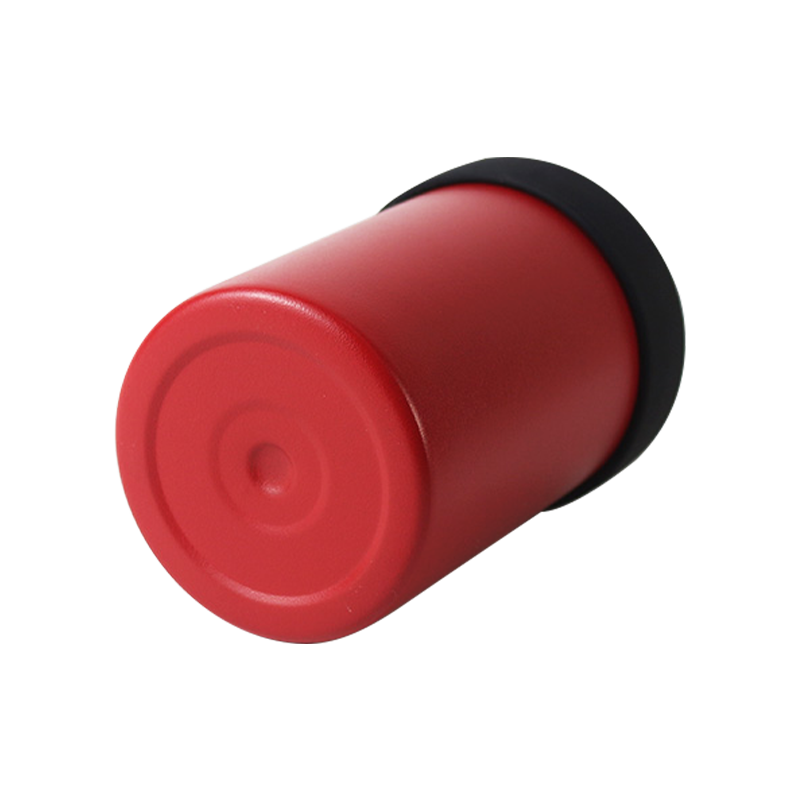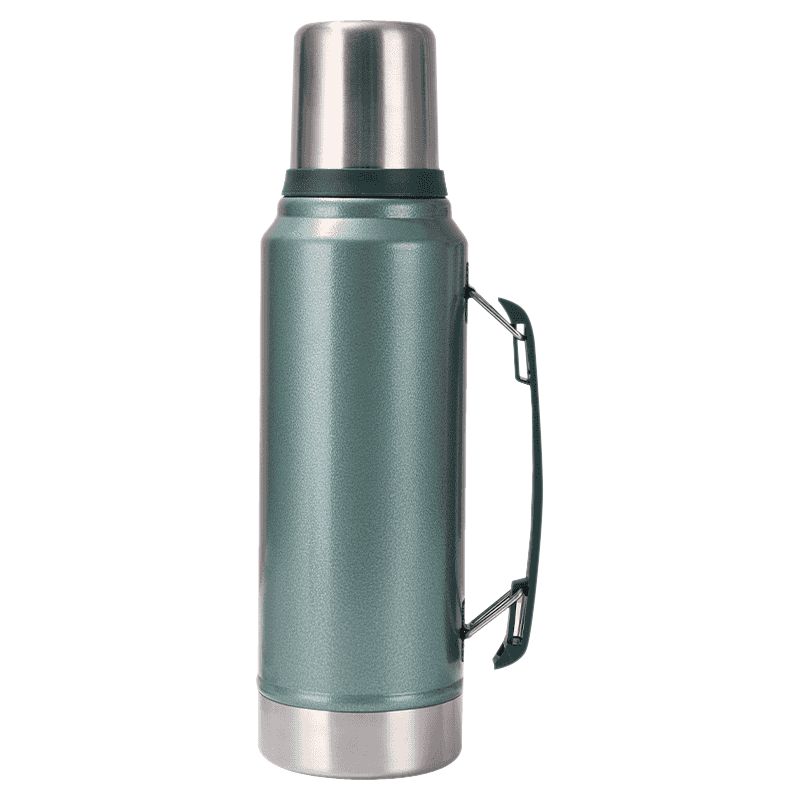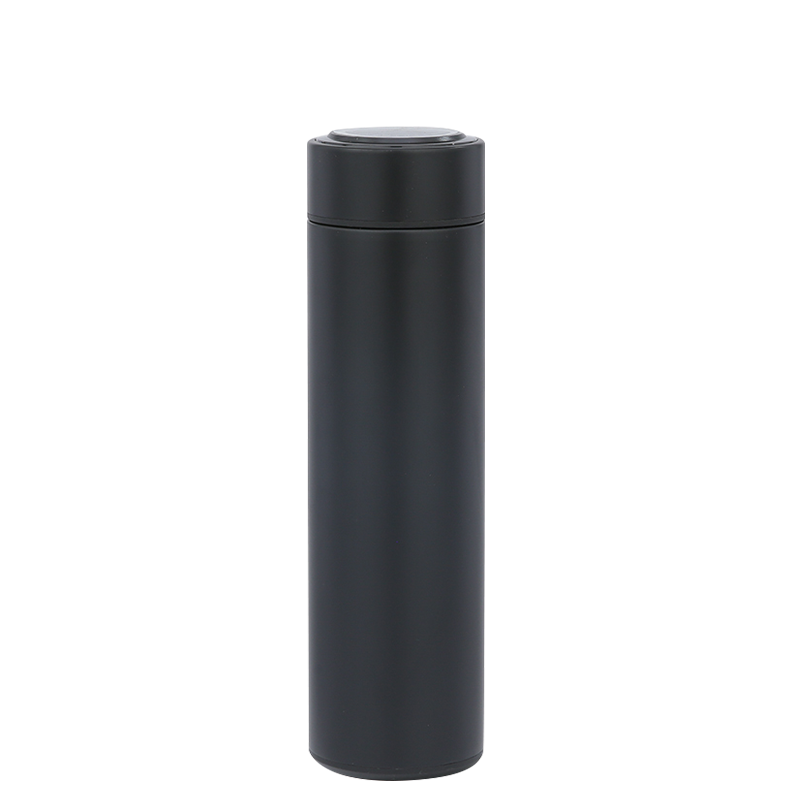
+86-13566758039

Industry News
If you have noticed a consistent presence of thoughtfully designed drink containers in cup holders during your recent commutes or road trips, you are witnessing a shift in everyday travel habits. The Car Tumbler has moved from a niche accessory to a common sight, not by chance, but by addressing specific needs of life on the move. This is not about a fleeting trend; it is about a product category that has evolved to meet the demands of temperature control, spill reduction, and straightforward usability within the confined space of a vehicle. The following exploration looks into how its practical design, grounded in an understanding of real-world use, makes it a reliable companion for journeys. We will examine the details that contribute to its functionality and its growing role in daily routines.
Imagine reaching into your console and finding a drink that stayed steady through traffic, stayed warm (or cold) longer than you expected, and didn't slosh when the car swerved — that is the promise of a Car Tumbler, and Aijunware has been shaping that promise into products sold around the world. The term Car Tumbler sits quietly in the middle of daily ritual: it's the small object that keeps morning routines moving and weekend drives less chaotic.
When you look at a Car Tumbler next to a standard travel mug, a few practical choices stand out: a tapered base sized for cup holders, lids you can operate with one hand, and an exterior finish you can grip with a gloved hand. These are not decorative decisions — they are responses to how people use drinkware in confined, moving spaces. Modern car-centered designs often consider how a container behaves during turns, how easy the lid is to operate without taking eyes off the road, and whether a shape blocks shifter or console access.
Most Car Tumblers rely on double-wall vacuum insulation: two metal walls separated by a vacuum barrier to slow heat transfer. In practice this means hot drinks lose heat slowly and cold drinks resist warming, which is especially useful for long drives or when fuel stops are sparse. Materials and the precision of the vacuum seal influence real-world performance, and manufacturers test for durability under repeated use.
What matters for drivers is less about exact hour counts and more about predictable behavior: will the beverage still be pleasantly drinkable after a commute, or will it be near-ambient temperature? Good engineering reduces surprises.
Yes — and the conversation has moved beyond aesthetics into design constraints. As large reusable tumblers gained popularity, drivers began reporting that standard cup holders were not accommodating them, prompting complaints that have influenced both aftermarket and factory solutions. Automotive outlets and consumer feedback have pushed the design conversation: some automakers now incorporate adjustable or wider cup holders, while accessory makers sell adapters and bases that stabilize oversized containers.
| Material | Typical Role | Key Advantages | Practical Notes |
|---|---|---|---|
| Stainless Steel (food-grade) | Body and inner lining | Durable, corrosion-resistant, with thermal retention properties. | Resists dents and maintains insulation over time |
| Silicone | Seals, gaskets, and sip rims | Flexible, comfortable, and safe for food contact | Should be food-grade and easily replaceable |
| Powder Coat or Textured Finish | Exterior surface and grip | Enhances grip, scratch resistance, and aesthetics | Useful for better handling, especially with cold or damp hands |
| BPA-Free Plastics | Lid components and sliders | Lightweight, moldable, and easy to clean | Must be certified food-safe for everyday use |
This practical palette supports a Car Tumbler's dual needs: thermal performance and everyday toughness.
Handling a tumbler in a vehicle is a microtask performed amid navigation, mirrors, and pedals. A lid with a tactile slider, easy-open spout, or one-handed flip reduces distraction; a secure gasket or locking mechanism reduces the chance of spills that might cause abrupt maneuvers. Safety-minded design reduces cognitive load for drivers and is a key selling point for workplace gifting and promotional programs.
Market indicators show steady demand growth for insulated drinkware, driven by sustainability preferences and the normalization of carrying reusable bottles and tumblers. This broader consumer shift is visible in how accessories and vehicle interiors are adapting to accommodate these items, and how brands emphasize durability and environmental messaging when promoting models.

Small tactile choices — a softly rounded rim, the diameter of the spout, the grip texture — all change how a tumbler performs in daily use. A handle can help but may interfere with some consoles; a thinner profile fits more cup holders but limits capacity.
Interior designers and automakers are responding with wider, adaptive cup holder geometries and modular consoles to accommodate different container shapes. There is also growth in aftermarket adapters and heated or cooled cup-holder solutions that interface with vehicle power ports — features that shift the conversation from "which cup fits" to "how cup-friendly is this cabin?"
Define your intended use case: For example, commuting, long-distance driving, use in cold weather, or sharing with multiple people, to quickly narrow down your choices.
Measure the diameter of your car's cup holder and the shape of your center console to select a sturdy cup holder.
Compare the performance of different types of insulation materials in daily use and their expected performance over typical travel lengths.
Features such as one-handed operation, spill prevention, and easy cleaning can reduce distractions and maintenance hassles.
Pay attention to food-grade materials, replaceable seals, and user-safe plastics.
Choosing a product with replaceable lids and seals that are readily available and easy to remove will help extend the product's lifespan.
When should you pay a higher price for a longer lifespan, and when should you choose a simpler model?
Regular cleaning (especially of lid seals), avoiding abrasive cleaners on exterior finishes, and storing the tumbler with the lid off to prevent trapped moisture all extend product life. Replacing worn gaskets is often cheaper and less wasteful than replacing the whole unit.
| Question | Why It Matters |
|---|---|
| What are the base order quantities (MOQs) for different customization options? | Helps plan budget, inventory and determines feasibility of different design variants. |
| Can you supply replacement lids and gaskets (and are they available after purchase)? | Extends product lifespan for recipients and supports after-sales service. |
| What testing and certifications do you provide? | Ensures consumer safety, compliance and reduces risk of recalls or disputes. |
| What is the anticipated duration for tooling, production, and custom finishes? | Directly impacts campaign scheduling, delivery dates and launch planning. |
| Do you offer packaging options for gifting? | Affects unboxing experience, perceived value and presentation for recipients. |
Why might an organization choose Aijunware for a promotional or retail partnership?
Aijunware presents itself as a factory-level partner with experience across OEM and ODM flows, offering a range of vacuum-insulated products and customization services. For teams planning recurring promotional runs, a manufacturer that combines flexible customization with established production practices is practical.
Subscribe to manufacturer newsletters, register product serial numbers when offered, and monitor consumer safety communications from regulators. Proactive communication helps brands maintain trust if an issue requires replacement parts or lid swaps.
It means people are making small investments in convenience that compound across routines: fewer stops for single-use cups, warmer beverages on commutes, and a predictable object in a hectic morning. For brands, utility equals longevity of exposure — a well-used tumbler sits in the hands of consumers repeatedly, subtly reinforcing recognition.
The presence of the Car Tumbler on commutes and road trips shows how a focused approach to product design can find a place in daily life. Its journey from a simple container to a considered travel accessory highlights a broader preference for items that offer predictable performance—whether that is maintaining a consistent temperature for a drink or staying secure in a moving vehicle. The considerations around its materials, safety, and integration with car interiors point to a product that has been shaped by practical use. As both a personal item and a tool for organizations, the Car Tumbler demonstrates that utility, built through thoughtful engineering and design, can become a quiet but steady part of how we navigate our days.
Your email address will not be published. Required fields are marked *








* Your email is safe with us, we don't spam.


Our company's products include vacuum flasks, beer mugs, coffee mugs, car tumbler, fire stove and tensile parts, etc.
Phone: +86-13566758039
Tel: +86-0579-87171178
Fax: +86-0579-87171178
E-mail: [email protected]
Add: No.29, Qiaodong Road, Qiaotouzhou Village, Longshan Town, Yongkang, Jinhua, Zhejiang, China.

 English
English 中文简体
中文简体 日本語
日本語 Français
Français Español
Español